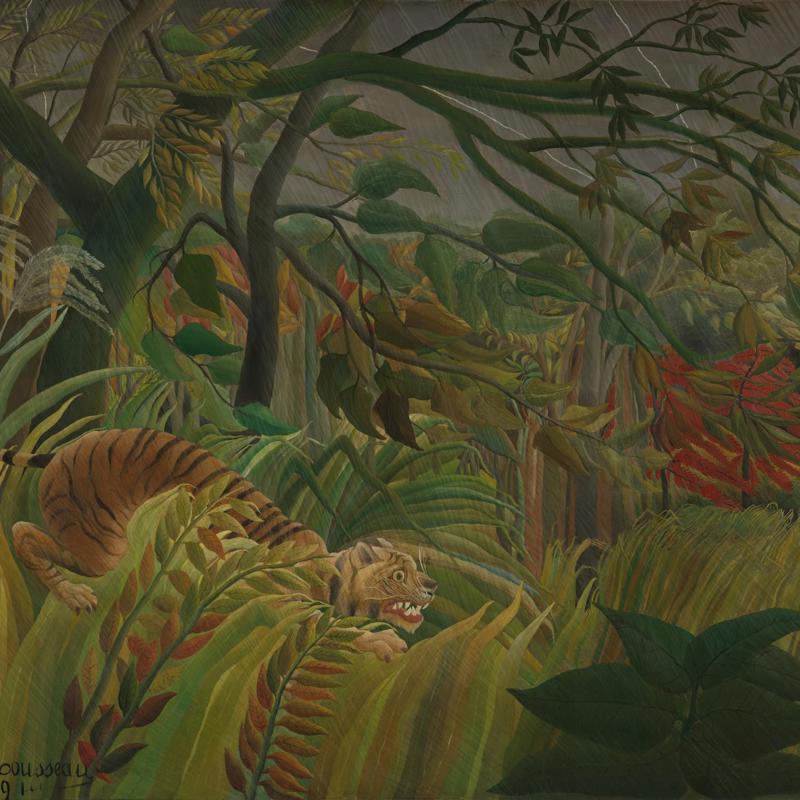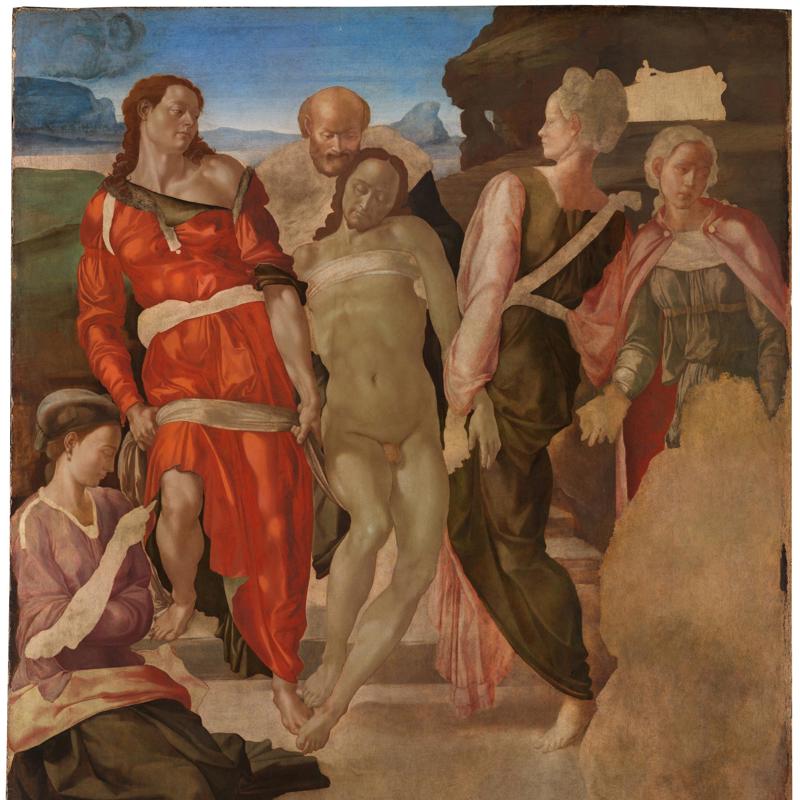Representations of the Queen of Sheba in art
In 'Seaport with the Embarkation of the Queen of Sheba', we are presented with a bustling seaport, alive with activity, and suffused with the warm light of the sunrise. Claude typically depicted biblical or mythical journeys, but here, he has chosen to depict an embarkation, ships beginning a journey. The Queen of Sheba – miniscule in size, identifiable by her crown and royal blue cloak – descends the steps on the right-hand side of the painting, accompanied by two attendants.
Who is the Queen of Sheba?
The Queen of Sheba is immortalised in the Bible, the Qur’an and the Kebra Nagast, (The Glory of Kings), an Ethiopian holy text. She is mentioned twice in the Bible’s Old Testament, in Kings 10 and Chronicles 9. She visits King Solomon in Jerusalem, and brings him lavish gifts such as precious stones, gold and spices. Revered for her wisdom and intelligence, she asks him difficult questions, and even challenges him.
Where is Sheba?
Sheba is thought to refer to the port city of Saba in modern-day Yemen, but it could also be what we now know as Ethiopia and/or Eritrea, where Sabaeans resided from around 1000 BC. Despite her enigmatic origins, through the Queen of Sheba we are presented with a powerful woman who is not only able to meet a man, but a great King on her own terms.
“Black and Beautiful”: early depictions of the Queen of Sheba
In early manuscripts such as Konrad Kyeser’s 'Bellifortis', 1405, and altarpieces such as the 'Klosterneuburg Altarpiece', 1181, Sheba is Black; a celebrated figure symbolising the extensive reach of Christianity. She is also a pious figure, and a prophesier of sorts, foretelling that a King would one day visit Jesus. However, by the 15th century, this begins to change; her image becomes sexualised, rendering her as an exotic temptress who led Solomon astray.
Whitewashing in the Renaissance
Whitewashing is an erasure of Black or Brown identity. There are many instances of whitewashing in Western European art, particularly in Renaissance and Baroque art.
In the Renaissance, Sheba is customarily depicted as having white skin. In her painting of the queen, Bolognese artist Lavinia Fontana references the high-profile marriage of Alonso II d’Este and Margherita Gonzaga, the Duke and Duchess of Ferrara. Fontana pays particular attention to the sumptuous fabrics and jewels, with a resplendent display of silks, velvet, damask and lace. The pearls that adorn Sheba’s dress not only signify her wealth, but subtly allude to her foreignness; at this time, pearls were typically sourced from the Gulf of Persia, the Red Sea or the Gulf of Mannar. Here, the queen’s outstretched palm signals casually towards her retinue of lavishly-dressed female courtiers and servant, who carries gold, jewels and spices, as recounted in the Bible.
The story of the Queen of Sheba’s visit to Solomon seemed to captivate Venetian artist Tintoretto, who made at least seven versions of it. Tintoretto places the queen in the centre of his courtly setting. Dressed in fashionable Venetian attire, she lowers her head modestly before the elevated king, raising her hand to her chest as a sign of respect.
Orientalist depictions of Sheba
The 18th and 19th centuries saw a fascination with the ‘East’ in Western literature, music and visual art, which often comprised of romanticised and stereotypical representations. Unlike Renaissance artists, who typically contextualised biblical stories in contemporaneous and familiar settings, British artist Edward Poynter reimagines the Queen of Sheba in a far-off locale, ascending the steps of an opulent temple interior. Here, the queen is partially clothed with her breasts exposed – an Orientalist means of objectifying the erotically-charged ‘exotic’ woman.
Contemporary reflections on the Queen of Sheba
In his work, priest-turned-artist Qes Adamu Tesfaw draws on the Gondarine style of religious Ethiopian painting, characterised by bright colours and flat, relief-like composition. He paints the Queen of Sheba wearing a blue cloak and green, yellow and red sash – the colours of the Ethiopian flag. The King and Queen are followed by a similar number of attendants, and unlike other representations where Solomon is seated higher, the pair meet on a level plain, poised to shake hands. This emphasises the diplomatic weight her visit carries; the Kebra Nagast traces the descent of all Ethiopian kings from the illustrious meeting of Makeda of Saba (Sheba) and Solomon.
In Bahamian-born artist Tavares Strachan’s 2023 ceramic sculpture, the crowned head of singer-songwriter Nina Simone splits open to reveal the Queen of Sheba, who wears a modest head wrap. By connecting a legendary historical figure with a 20th-century musical icon, Strachan – whose work investigates the lost or overlooked stories of marginalised communities - brings ancient history closer to the present day, and casts a light on the often-misrepresented Black queen.















